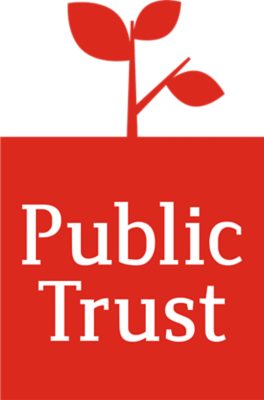As a Crown Entity, New Zealand’s Public Trust organisation has strict governance and best-practice obligations. As well as being answerable to a board, Public Trust is subject to monitoring by the Treasury in terms of performance, capability, and risk management. Head of Finance Dan Devcich was challenged to provide better, faster, and more sophisticated financial planning and reporting information.
“Our processes were manual and subject to key person risk. Financial planning processes were long and labour-intensive. We had limited scenario planning capabilities, which was something our stakeholders were increasingly seeking, especially when experiencing COVID-19 disruption. We lost finance personnel due to the demanding nature of the roles. We sought a cloud-based tool that could model all of our different revenue streams, allow for efficient planning cycles, and enable comprehensive scenario planning.”
Taking the pain out of budgeting and reporting.
Workday Adaptive Planning has cut an estimated 20 business days from Public Trust’s annual budgeting cycle and allowed a full-time coordinator of management reporting to morph into a business partnering role. “We don’t need someone behind the scenes compiling information anymore. Everything flows through from data migrations to models straight into report templates,” remarks Devcich. “Our reporting is faster, and we can be a lot more responsive to requests. We’re already reforecasting quarterly and will eventually move to monthly or rolling forecasts.”
Devcich says the biggest win was reducing the team’s stress. “The employee experience improved a lot. Before Workday Adaptive Planning, those planning times required long hours. Only one person might understand how something worked, putting them under significant pressure.”
Today, that key person risk is gone. “We had two of our four-person planning and performance team on parental leave at the same time last year, and we were able to continue with business as usual,” Devcich recalls. “In the old world, I struggle to see how we could have done that if we’d had people with no history coming on board.”
Before Workday Adaptive Planning, people used to leave because of the demands of the roles. Now, we have a much more engaged team that is no longer overburdened during business planning times.
Head of Finance
Course-correction in a volatile environment.
Devcich and team use Workday Adaptive Planning to create in-depth what-if scenarios for decision-makers. “In the current uncertain environment, Workday Adaptive Planning lets us focus on assumptions and sensitivities to support course correction. Our executives and board have comfort around how the business can adapt if market conditions change.”
With scenario planning in Workday Adaptive Planning, you know you’ve got the bases covered and you’re focusing on the right things, even though the outlook is uncertain.
Head of Finance
From reactive hiring to future workforce planning.
With HR data in the Workday Adaptive Planning system, Public Trust is building functionality to match capacity with expected demand for services. “Traditionally we have hired just when we had a vacancy,” states Devcich. “Now we can assess the predicted demand for different services and are developing the ability to proactively make hiring decisions based on our demand planning model’s outputs. We’re on a journey to become more sophisticated in reallocating people’s time, retraining people, or hiring for specific skill sets to match future demand patterns.”
Workday Adaptive Planning has allowed us to think differently and change our old-world utilisation model. Instead of ‘growth through recruiting,’ we’re now using demand planning to drive hiring decisions.
Head of Finance
Greater collaboration across the business.
Collaboration has improved other teams’ confidence in using the Workday Adaptive Planning functionality. “As a result, our planning and reporting is more accurate,” says Devcich. “For example, now we have greater collaboration between financial accounting and planning and performance teams, making sure that financial planning aligns with accounting treatments as applied to external reporting.”
We have this single form of reporting, and all the teams are aligned.
Head of Finance
New GHG reporting.
Devcich is excited to roll out the use of Workday Adaptive Planning across Public Trust. “It’s not just a financial tool, it has multiple business cases. This financial year, we’ll use Workday Adaptive Planning for our external greenhouse gas (GHG) reporting for the first time. Having GHG data in our planning tool will be increasingly critical as we externally report on GHG emissions.”

